10 Different Types of Camera Lenses
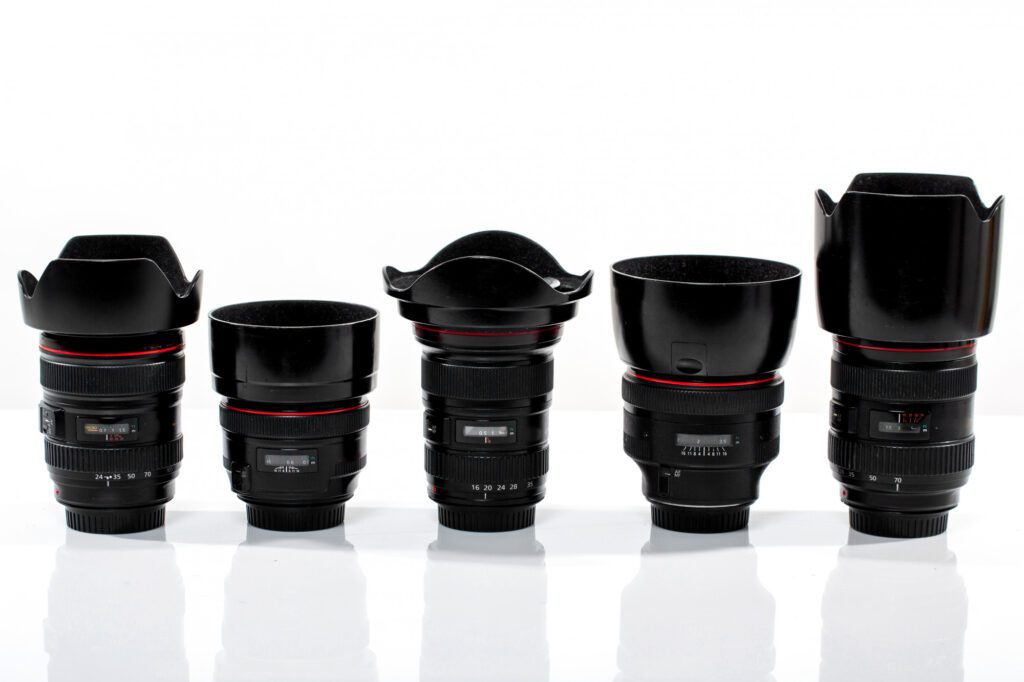
Introduction
10 Different Types of Camera Lenses When it comes to photography, the type of lens you use plays a crucial role in capturing the perfect shot. Camera lenses come in various shapes and sizes, each designed for specific purposes. In this article, we will explore ten different types of camera lenses and their unique features, allowing you to make informed decisions about which lens best suits your photographic needs.
10 Different Types of Camera Lenses
1. Prime Lenses

Prime lenses are known for their fixed focal length, which means they have a single, non-adjustable magnification. These lenses offer exceptional image quality and are popular among photographers for their sharpness and low-light capabilities.Prime lenses are the go-to choice for many professional photographers due to their superior image quality and wide aperture capabilities. These lenses have a fixed focal length, which means you cannot zoom in or out. While this lack of versatility might seem limiting, it actually pushes photographers to be more creative in composing their shots. Prime lenses are excellent for capturing portraits, street photography, and low-light scenes, making them a favorite among enthusiasts and professionals alike.
2. Zoom Lenses

Zoom lenses, as the name suggests, allow you to change the focal length within a given range. They provide versatility, enabling you to zoom in for close-up shots or zoom out for wider angles. Zoom lenses are great for various situations, making them a favorite for travel and event photography. Zoom lenses are incredibly versatile and practical, as they allow you to adjust the focal length within a given range. With a zoom lens, you can go from wide-angle to telephoto, all in one piece of glass. They are perfect for situations where you need to quickly change the framing of your shot, like during events or travel photography. While zoom lenses may not match the optical quality of prime lenses, advancements in lens technology have greatly improved their image performance.
3. Wide-Angle Lenses
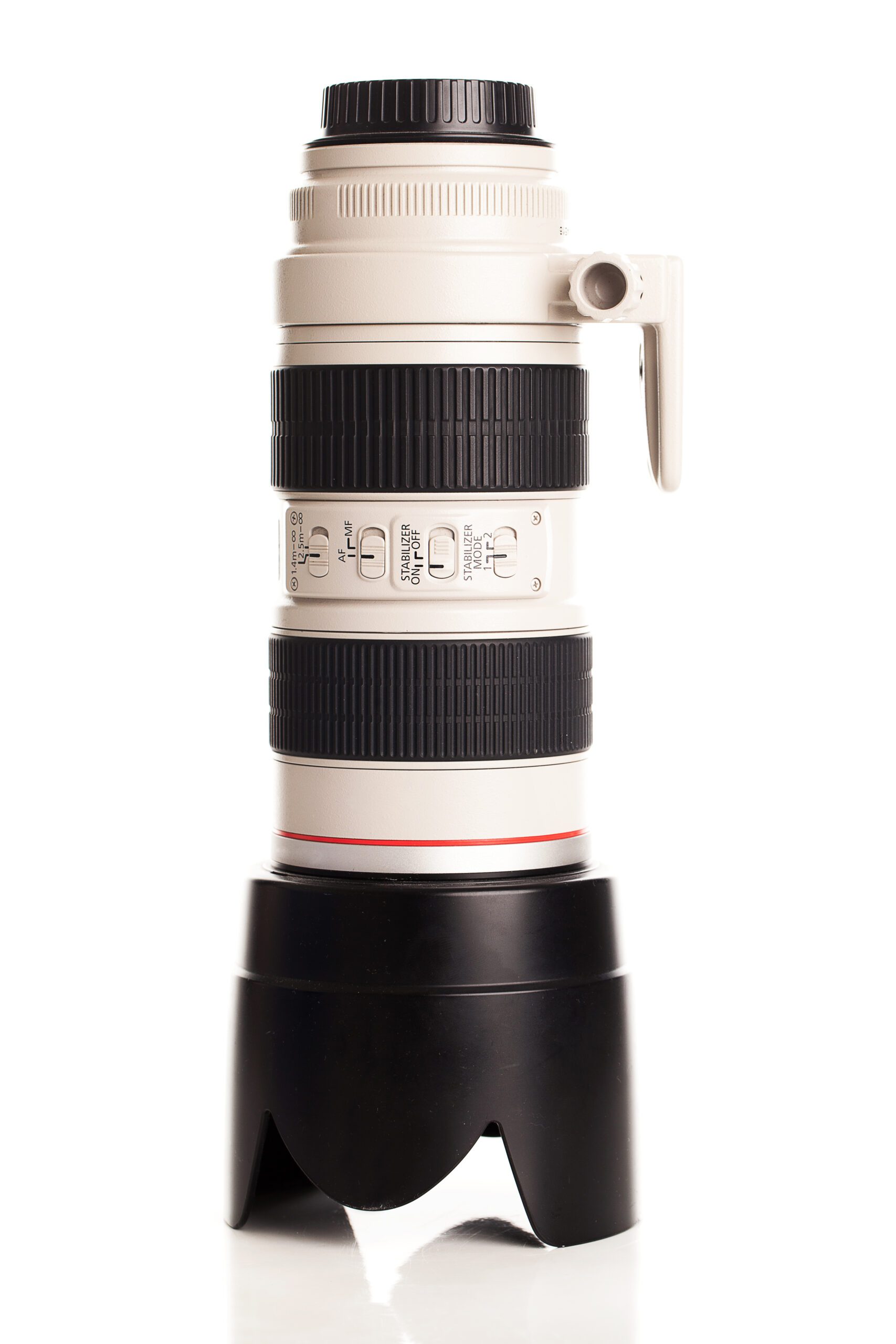
Wide-angle lenses have a short focal length, capturing a wider field of view than the human eye can perceive. They are perfect for landscapes, architecture, and interior photography, where you need to include more of the scene in a single frame. Wide-angle lenses have a focal length that is shorter than the standard lens, capturing a broader field of view. These lenses are perfect for landscape photography, architecture, and capturing expansive scenes. The wide-angle perspective can add a sense of depth and grandeur to your images, making them visually striking. However, it’s essential to be mindful of distortion, especially when photographing people up close, as it can cause some unflattering effects.
4. Telephoto Lenses
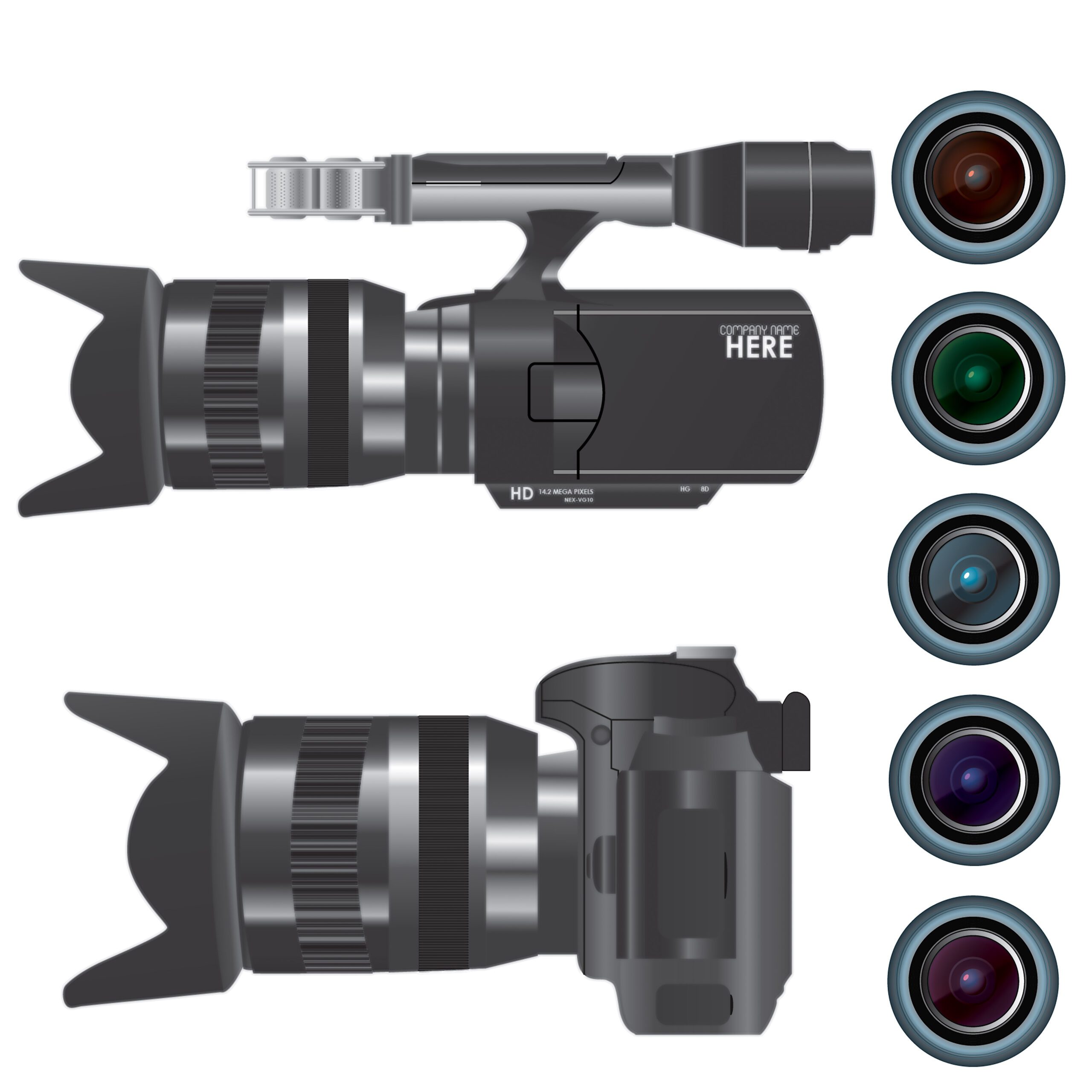
Telephoto lenses have a long focal length, allowing you to capture distant subjects with incredible detail. These lenses are ideal for wildlife, sports, and portrait photography, providing a shallow depth of field and stunning background blur. Telephoto lenses, on the other hand, have a longer focal length, allowing you to zoom in and capture distant subjects with precision. These lenses are a must-have for wildlife photographers, sports enthusiasts, and anyone who wants to get up close to subjects without actually being physically close to them. Telephoto lenses also produce a beautiful background blur (bokeh) when used at wider apertures, making them ideal for portrait photography.
5. Macro Lenses

Macro lenses are designed for close-up photography, capturing small subjects with exceptional detail. These lenses enable you to explore the intricate world of tiny objects, such as flowers, insects, and textures. Macro lenses are a special category designed for extreme close-up photography. They allow you to capture tiny subjects with stunning detail, revealing the beauty of the small and often overlooked elements in nature. Macro lenses are perfect for photographing flowers, insects, textures, and any other subjects where intricate details matter. The ability to focus at a close distance is what sets macro lenses apart from other types.
6. Fisheye Lenses
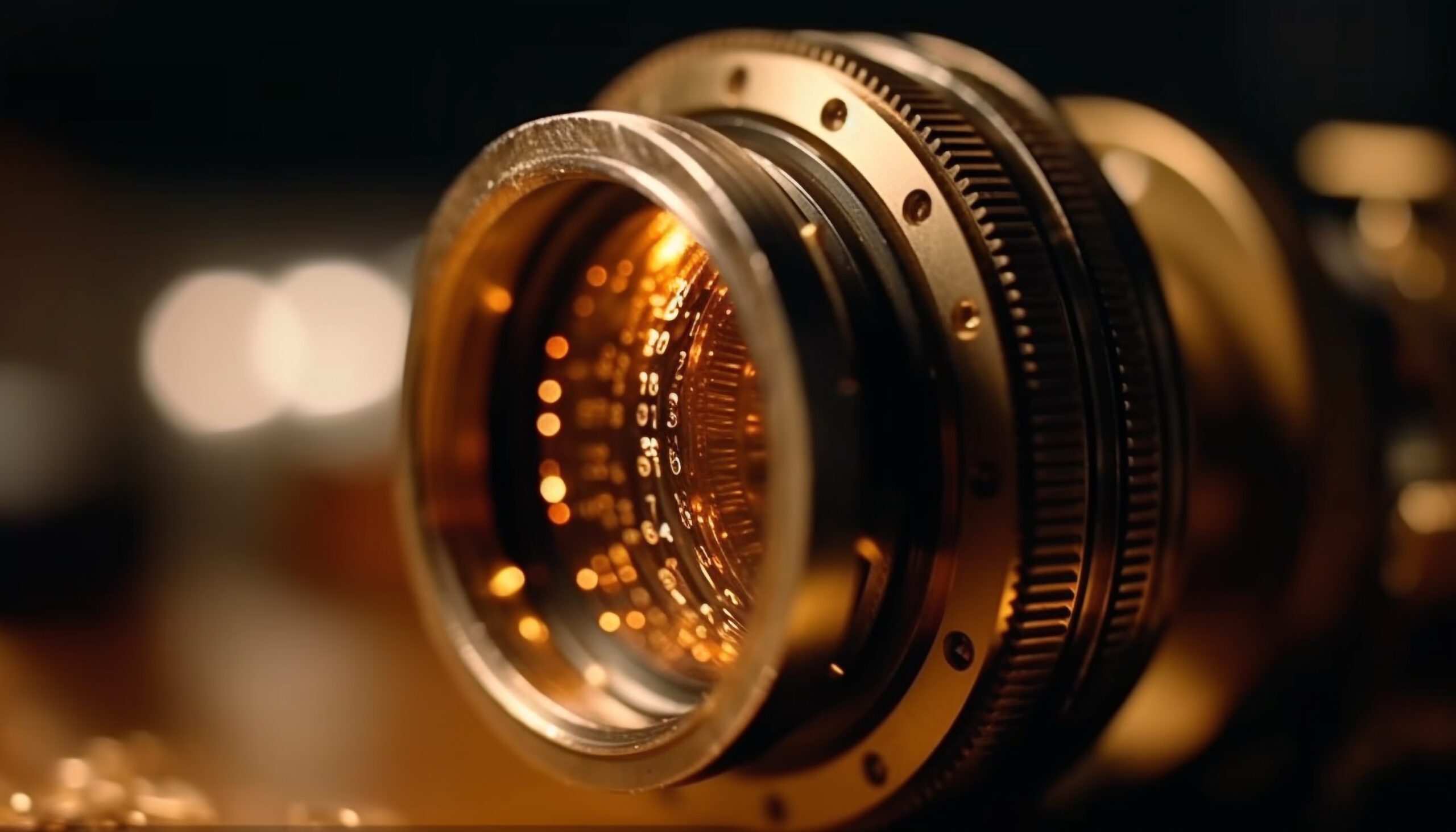
Fisheye lenses produce a unique distorted, panoramic view. They create a hemispherical projection, bending straight lines and offering a creative and artistic perspective to your images. Fisheye lenses provide a unique and artistic perspective, capturing an extremely wide field of view. These lenses produce a characteristic distortion that curves straight lines and creates a circular or hemispherical image. Fisheye lenses are popular among photographers who want to experiment with creative compositions, adding a sense of fun and dynamism to their shots. They are commonly used in action sports photography, capturing immersive views.
7. Portrait Lenses

Portrait lenses, also known as medium telephoto lenses, are specifically optimized for capturing flattering portraits. They provide a natural perspective, making them ideal for photographing people with a beautiful background blur. Portrait lenses, also known as short telephoto lenses, are designed explicitly for capturing flattering portraits. These lenses offer a natural perspective that closely resembles how the human eye perceives faces. Portrait lenses are characterized by their wide aperture capabilities, allowing photographers to achieve a shallow depth of field and beautiful background blur. They are a must-have for professional portrait photographers.
8. Tilt-Shift Lenses
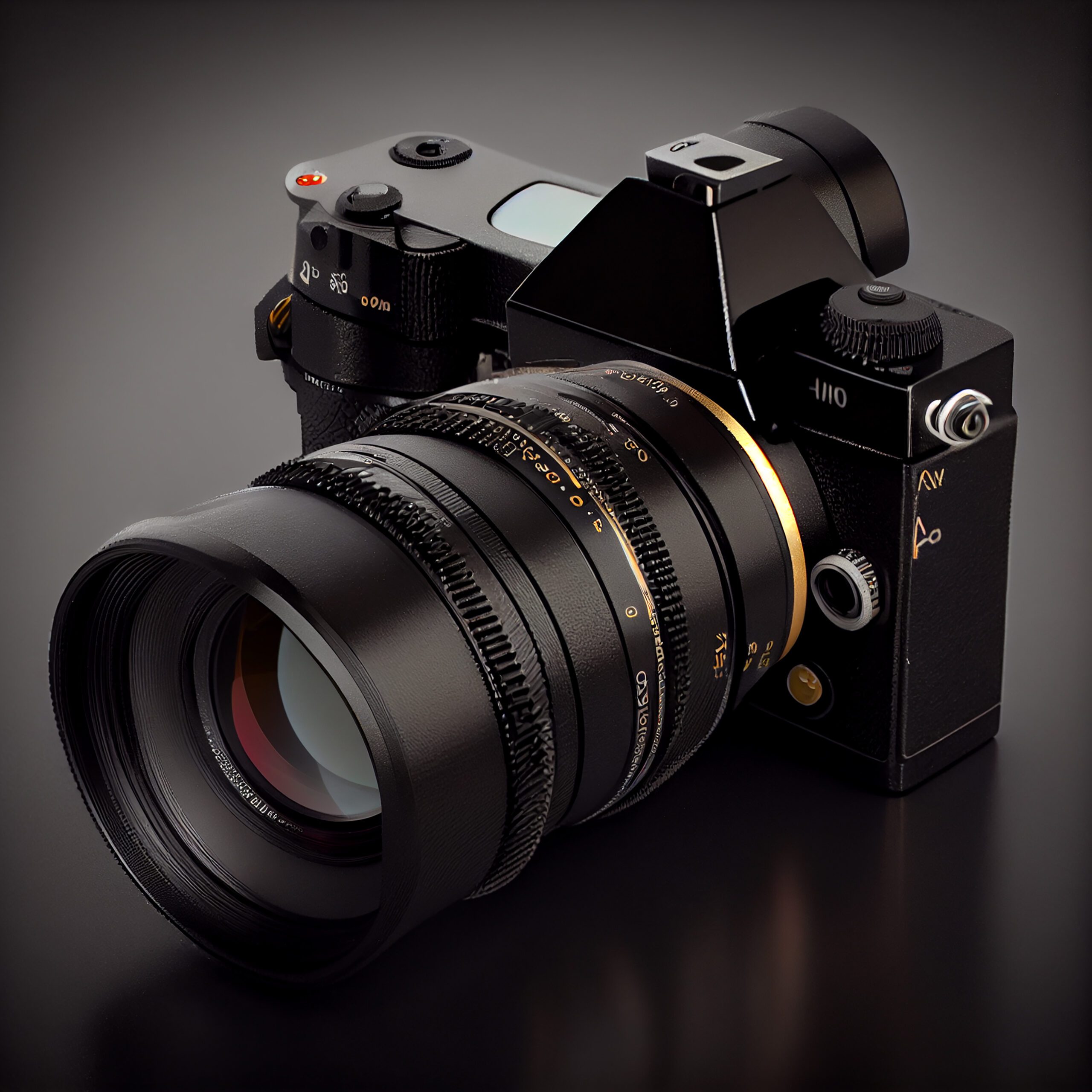
Tilt-shift lenses are specialized lenses that allow you to control the plane of focus. They are commonly used in architectural and product photography, where perspective control is essential. Tilt-shift lenses are highly specialized tools used primarily in architectural and product photography. These lenses allow you to control the plane of focus by tilting and shifting the lens elements. Tilt-shift lenses can correct perspective distortion, making them perfect for capturing tall buildings without the typical convergence effect. They also provide selective focus, ideal for product photography where precise control over the focus plane is crucial.
9. Superzoom Lenses

Superzoom lenses have an extensive focal length range, providing both wide-angle and telephoto capabilities in one lens. These lenses are convenient for situations where changing lenses frequently is not feasible. Superzoom lenses, also known as all-in-one or travel lenses, cover a wide range of focal lengths in a single lens. They offer the convenience of not having to carry multiple lenses when traveling or shooting in various situations. While superzoom lenses might sacrifice some image quality compared to prime lenses, their versatility and convenience make them a popular choice among hobbyists and casual photographers.
10. Anamorphic Lenses

Anamorphic lenses create a widescreen cinematic look by horizontally compressing the image. They are popular in filmmaking, adding a unique visual appeal to movies. Anamorphic lenses are not commonly used in still photography but find their niche in the world of filmmaking. These lenses produce a unique widescreen cinematic look by horizontally compressing the image. When used in conjunction with compatible cameras, anamorphic lenses create a distinct and visually appealing aspect ratio, often seen in blockbuster movies and artistic film projects.
Conclusion
Selecting the right camera lens is crucial for achieving the desired photographic results. Each type of lens discussed in this article serves a specific purpose, offering various creative opportunities for photographers. Whether you are a professional or an enthusiast, understanding the differences between these lenses will undoubtedly enhance your photography skills.
camera lenses come in various types, each serving specific purposes and offering unique features. Understanding the differences between these lenses can significantly enhance your photography skills and enable you to capture stunning images in different scenarios. Whether you’re a professional photographer or an enthusiastic hobbyist, having the right lens in your gear bag can make all the difference in creating memorable and breathtaking photographs.
FAQs
- Which lens is best for landscape photography? Wide-angle lenses are the best choice for landscape photography as they capture more of the scene and provide a sense of depth.
- Can I use a macro lens for portraits? While you can technically use a macro lens for portraits, it may not be the most flattering option. Portrait lenses are better suited for capturing people with natural perspective and background blur.
- Are prime lenses better than zoom lenses? It depends on the specific needs of the photographer. Prime lenses offer superior image quality, while zoom lenses provide versatility and convenience.
- What is the benefit of using an anamorphic lens? Anamorphic lenses create a cinematic widescreen look, adding a unique visual appeal to films and videos.
- Do superzoom lenses sacrifice image quality? Superzoom lenses may not match the image quality of prime lenses, but they offer great convenience by covering a wide focal range in a single lens.
- Can I use a telephoto lens for landscape photography? While telephoto lenses are not typically used for landscape photography, they can be useful for capturing compressed perspectives and specific landscape details.
- Are third-party lenses as good as branded ones? Third-party lenses from reputable manufacturers can be of high quality and more affordable than branded lenses, making them a viable option for many photographers.
